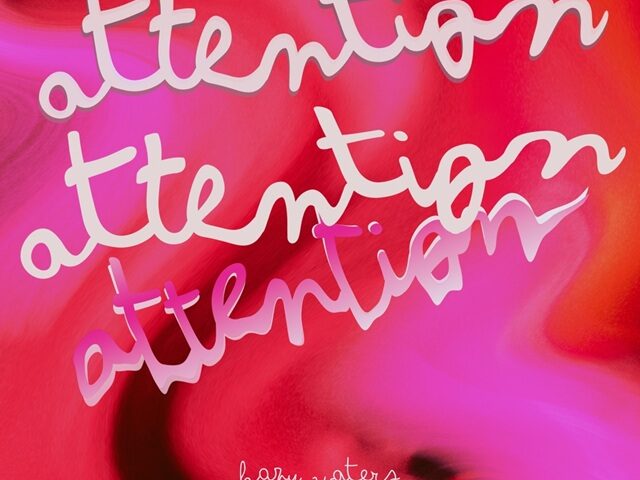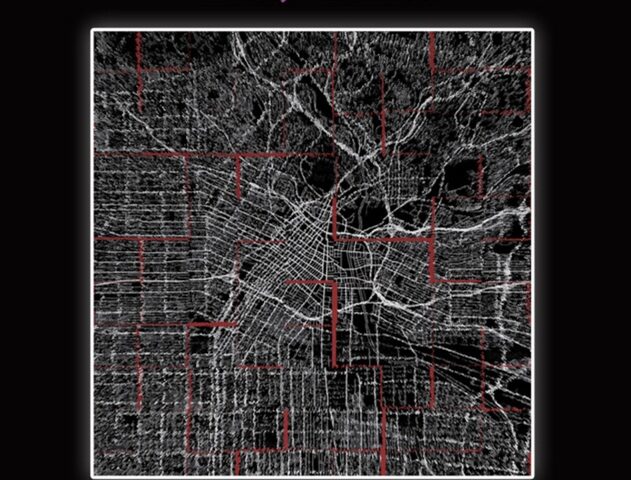
Eugene, Oregon-based quartet Spiller impressed this past July with the track “Midwest“, a nice culmination of their indie-rock, math-rock, and jazz-incorporated elements. The track shifted seamlessly from more barren moments, like the initial guitar/vocal minimalism, into an explosion of rhythm and soaring vocals — making it the opposite of dull and predictable.
Now, the band is back with their new EP, Reuben and Coldcut, streaming in full below. Among its six tracks is the engaging “Grapes of Wrath”, which again shows the group’s eclectic range within an accessible indie-rock arsenal. A jazz-y bridge begins around the two-minute mark, with a lush rhythm section and suave guitar lines headlining a feel that straddles beautifully between jam-friendly improvisation and melodic foresight. Impressive instrumental dexterity around 03:30 leads to a melodic explosion around the four-minute mark, when slabs of distortion and anthemic vocals carry the conclusion on this six-minute gem.
The track itself was inspired by a Nina Simone documentary. “Fall of last year I got around to watching ‘What Happened, Miss Simone?’ the documentary on Nina Simone,” explains singer/guitarist Sam Mendoza. “It was incredibly inspiring just seeing how fearlessly she used her craft as a medium for protest and empowerment. This was around post-election time, where most of my friends and family were in a state of disarray and uncertainty. That frustration combined with having watched the film left me feeling restless.”
“I was (and still am) concerned about our new administration essentially giving up on the planet, specifically the possibility of seeing the EPA and natural spaces going to dust. The lyrics came right out and almost immediately messed with a guitar sketch recorded via iPhone a few months prior. Per Spiller tradition, we decided to throw a jam/improvisational section in the middle of the song. It kind of serves as a strange preface to the heavy breakdown, which really conveys the big scary feelings. I like how the song takes many different directions; it could be jumbled, but we worked on the transitions to tie it all together.”





